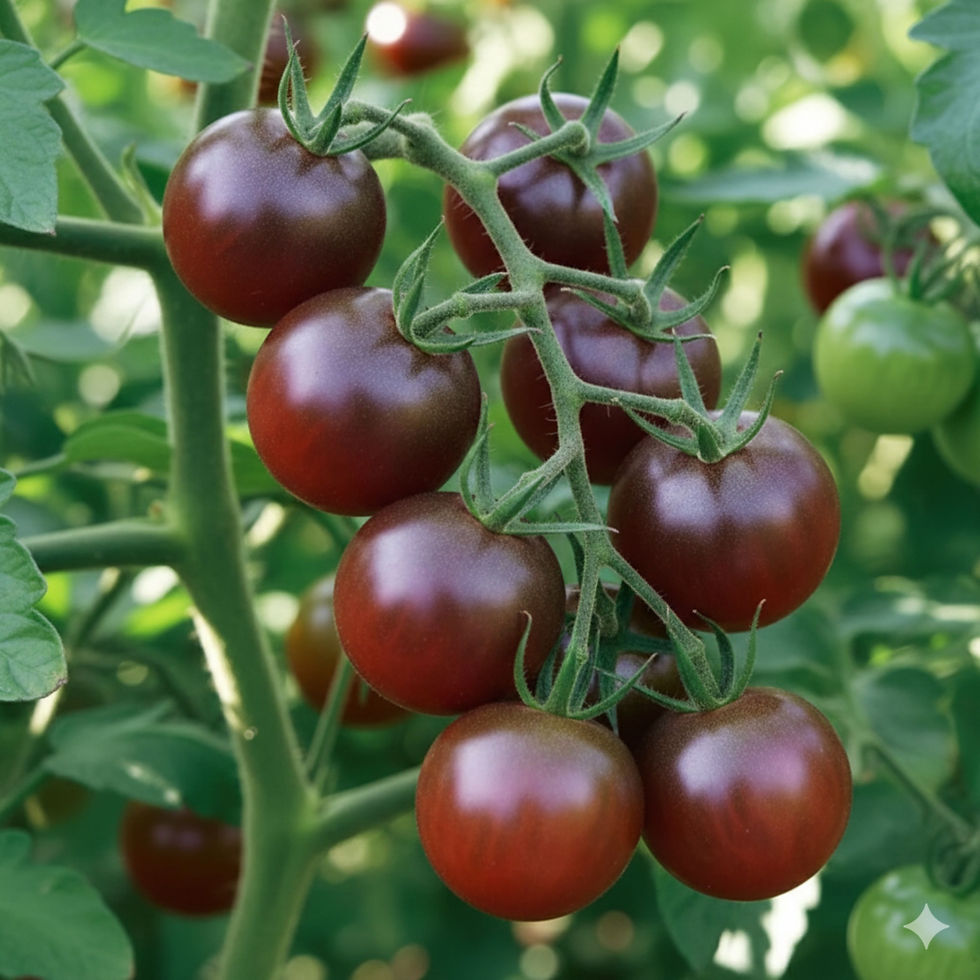Green Globe Artichoke seeds
Green Globe Artichoke is a popular and classic heirloom variety proven reliable yearly. It's grown for a couple of different reasons. Firstly, it is grown for their tender hearts. The leaves are delicious as well. Artichokes can be halved and grilled with seasoning, boiled, or steamed.
The base of the leaves contains tender flesh that tastes delicious in lemon butter or aioli. The heart can be made into dips, pickled, or eaten as the leaves are. The second reason to grow these perennial beauties is for the blooms. When the choke is left on the stem, it will open and produce a large bright purple fuzzy flower. When ours grow each year, the bees go crazy for the blooms! Green Globe artichoke produces 3-5 chokes per plant. These can produce runners that can be cut and propagated to create new plants. These do best on the ground but can be grown in containers, although a reasonably large-sized container is required. Smaller containers will produce smaller plants with smaller artichokes.
Seed count: 20
Cynara cardunculus





























